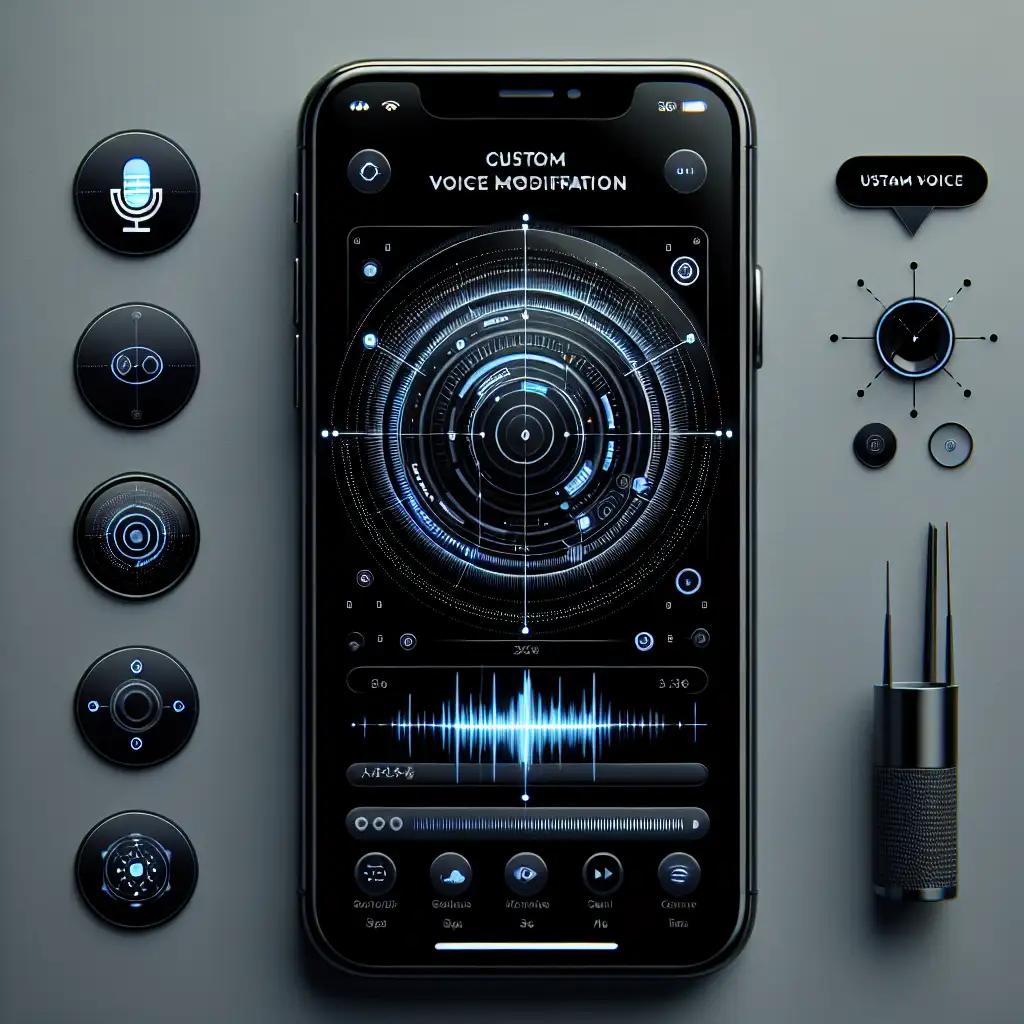How to Optimize Accessibility and User Engagement Using Google Text-to-Speech Cloud in Your Apps
Forget one-size-fits-all voice features—discover how leveraging Google Text-to-Speech Cloud's advanced customization can transform your app into a truly accessible, user-tailored platform that stands out in a crowded market.
As digital content and applications evolve, integrating natural-sounding, customizable speech synthesis elevates user experience, making technology more inclusive and engaging for diverse audiences. One of the best tools to achieve this is Google Text-to-Speech (TTS) Cloud, a powerful API that brings lifelike voices and rich customization options right into your app.
In this post, I’ll walk you through how to integrate Google Text-to-Speech Cloud in your applications effectively, with practical tips on optimizing for both accessibility and engagement.
Why Choose Google Text-to-Speech Cloud?
Before diving into implementation, it’s worth highlighting why Google TTS stands out:
- Natural Voices with WaveNet: Google’s WaveNet voices sound remarkably human, reducing the robotic tone typical of older TTS engines.
- Wide Language Support: Support for over 30 languages and variants means you can reach a broader audience.
- Advanced Customization: Adjust pitch, speaking rate, volume gain, voice selection, and even lip sync data for animations.
- Easy Integration: Works well with mobile apps (Android/iOS), web apps, IoT devices—you name it.
- Scalable & Reliable: Backed by Google's infrastructure ensuring low latency and high uptime.
Step-by-Step Guide to Integrate Google Text-to-Speech Cloud
1. Set Up Your Google Cloud Project
- Go to Google Cloud Console.
- Create a new project or pick an existing one.
- Enable the Cloud Text-to-Speech API.
- Create API credentials (a service account key) to authenticate your app.
2. Install the Client Library
Depending on your platform:
- For Node.js:
npm install @google-cloud/text-to-speech
- For Python:
pip install google-cloud-texttospeech
3. Write Code to Convert Text to Speech
Here’s a simple example using Node.js:
const textToSpeech = require('@google-cloud/text-to-speech');
const fs = require('fs');
const util = require('util');
// Creates a client
const client = new textToSpeech.TextToSpeechClient();
async function synthesizeSpeech(text) {
const request = {
input: {text: text},
// Select the language and SSML voice gender (optional)
voice: {languageCode: 'en-US', ssmlGender: 'NEUTRAL'},
// Select the type of audio encoding
audioConfig: {audioEncoding: 'MP3'},
};
// Performs the text-to-speech request
const [response] = await client.synthesizeSpeech(request);
// Write the binary audio content to a local file
const writeFile = util.promisify(fs.writeFile);
await writeFile('output.mp3', response.audioContent, 'binary');
console.log('Audio content written to file: output.mp3');
}
// Example usage
synthesizeSpeech('Hello! This is an example using Google Text-to-Speech.');
This generates an MP3 file from the input text.
Customizing Speech Output for Better Engagement
Google TTS allows you to make voices feel more natural or tailor speech style as needed:
- Adjust Speaking Rate
audioConfig: {audioEncoding: 'MP3', speakingRate: 1.2} // Speaks faster than normal
- Modify Pitch
Lower or raise pitch to match your brand’s personality:
audioConfig: {audioEncoding: 'MP3', pitch: -2.0} // Lower pitch for deeper voice
- Select Different Voices
List all available voices by calling listVoices() method in the API; then choose appropriate genders / accents.
- SSML Support
Use SSML tags like <break time="500ms"/> or <emphasis level="strong"> inside your text input for granular control over how speech sounds.
Here’s a snippet example:
<speak>
Welcome to our app! <break time="500ms"/> Let's get started with <emphasis level="strong">important updates</emphasis>.
</speak>
Set input to {ssml: yourSSMLstring} instead of plain text.
Making Your App More Accessible With Google TTS
Accessibility features help users with visual impairments or reading difficulties fully navigate your app.
How you can leverage features practically:
- Provide an option for users to have body text read aloud on demand.
- Use voice narration in tutorials or walkthroughs instead of (or alongside) static images/text.
- Dynamically read notifications or alerts so they don’t get missed.
- Allow toggling between different language voices for multilingual users.
Example scenario:
You have an educational app — add a “listen” button that converts lesson text to speech instantly using Google TTS through your backend or front-end code.
Real Example — Integrating TTS in an Android App
Google provides built-in support for Android using their TextToSpeech engine; however, using Cloud TTS offers superior voice quality and flexibility.
Steps overview:
- Create an API endpoint on your server that calls Google's Cloud TTS API.
- In your Android app, capture user-selected text.
- Send this text via HTTP POST request to your server.
- Server returns synthesized speech audio file URL/stream.
- Play audio file within the app using Android MediaPlayer or ExoPlayer.
Best Practices for Optimization
- Cache frequently used audio files for better speed & reduced costs.
- Provide default fallback voices if connectivity/API failures occur.
- Offer users control over voice speed & pitch adjustments in settings.
- Use SSML carefully — keep utterances natural rather than robotic or exaggerated.
Conclusion
By integrating Google Text-to-Speech Cloud into your apps thoughtfully, you tap into cutting-edge technology that not only promotes inclusivity but also boosts user engagement through richer interaction modes. The ability to customize voice attributes along with multi-language support makes it easier than ever to serve diverse audiences convincingly.
If you want your app’s accessibility & user experience to genuinely stand out from generic solutions—Google TTS is a smarter way forward.
Ready to take action?
Explore Google Cloud Text-to-Speech documentation today and start transforming the way users interact with your apps!
Feel free to ask questions below if you want help building specific use cases!
